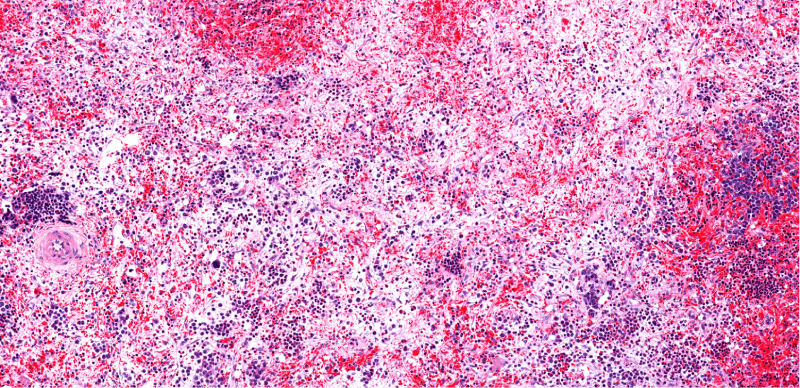Prithviraj Bose, MD, on the Diagnosis, Management of PMF
By Prithviraj Bose, MD, Leah Sherwood, Melissa Badamo - Last Updated: May 2, 2024Dr. Bose, a Professor in the Department of Leukemia at the University of Texas MD Anderson Cancer Center, discusses prefibrotic myelofibrosis (PMF), which is the focus of “SOHO State of the Art Updates and Next Questions.”
“PMF is a prodromal phase of MF, where patients are early in the disease,” Dr. Bose said. “This is increasingly diagnosed on bone marrow biopsy.”
The outcome of PMF is better than overt primary MF, Dr. Bose explained, with a median survival of 15 years. However, PMF is a more advanced myeloproliferative neoplasm than essential thrombocythemia (ET).
“It seems to be its own thing in terms of prognosis, somewhere between ET and overt primary MF,” Dr. Bose explained. “This can be a challenging diagnosis for a general pathologist. These patients were thought to have ET, and the distinction between the two entities is more recent.”
Clinicians approach PMF like they would ET—by using the International Prognostic Score for Essential Thrombocythemia.
Ropeginterferon alfa-2b, which is approved for the treatment of polycythemia vera, is being studied in PMF. Other new drugs target mutant JAK2.
“Currently, management of PMF would primarily be based on thrombotic risk,” Dr. Bose said. “We need to move away from that and look at disease-modifying therapies to see if we can intervene at the earliest stage of the disease and make more of a difference to the underlying course than we currently do with JAK inhibitors, which is the standard of care.”





 © 2025 Mashup Media, LLC, a Formedics Property. All Rights Reserved.
© 2025 Mashup Media, LLC, a Formedics Property. All Rights Reserved.